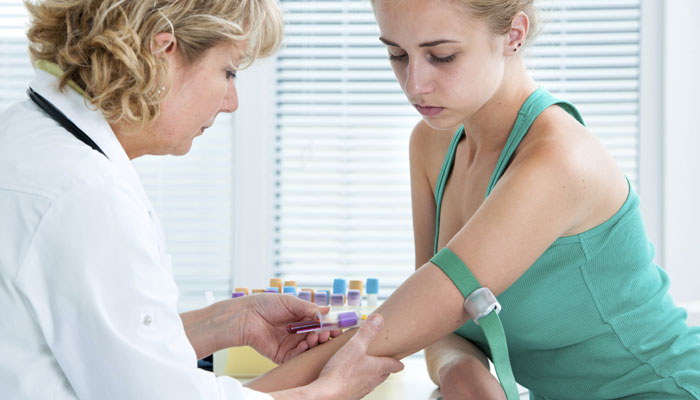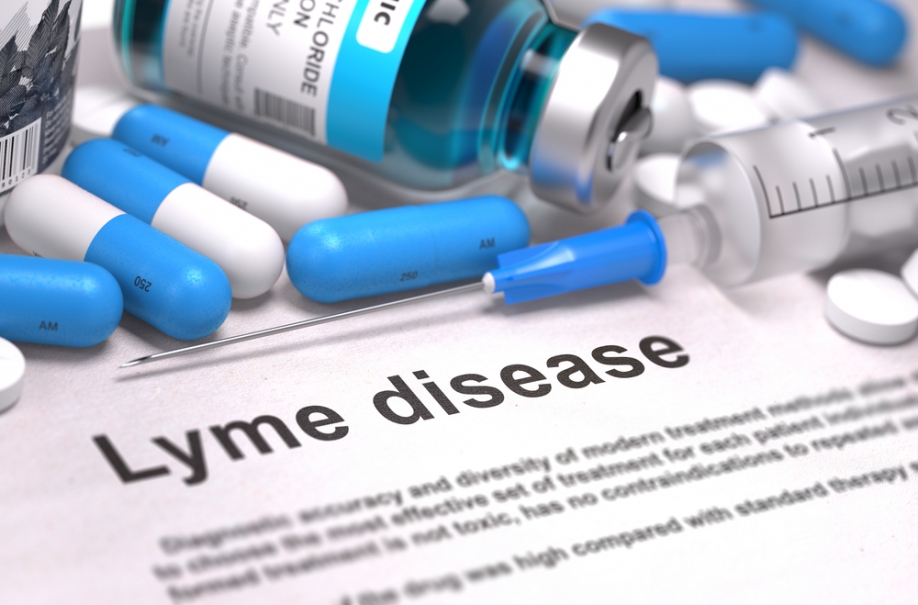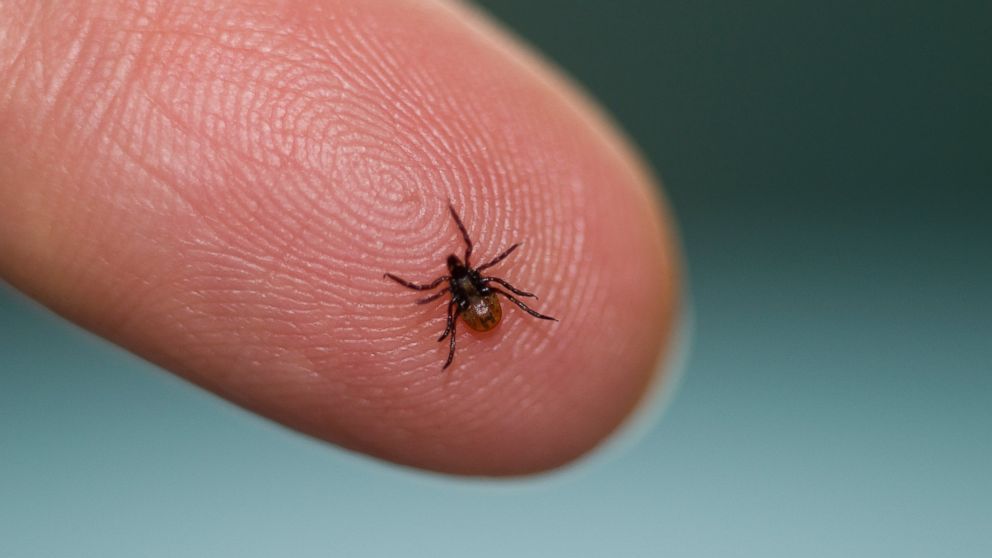A common disease in the Northern Hemisphere, Lyme disease or Lyme borreliosis is an infectious disease. The bite of a spirochetal bacteria from genus Borrelia transmits this disease. These ticks usually get the bacterium when they bite infected animals such as mice and deer. Most of the people getting tick bites don’t get Lyme disease. All the ticks are not infected and the risk for developing the disease arise when the tick is attached to the body for a longer time.
Know about the symptoms, prevention, diagnosis and treatment of lyme disease here.
Symptoms Of Lyme Disease At Different Stages

During early localized infection stage that happens within 1-4 weeks of bite, 70-80% of the affected people experience a circular, expanding rash (called erythema migrans) at the site of bite. Some people even have flu-like symptoms at this stage that includes headaches, swollen lymph nodes, fever, muscle aches, chills, joint pains, and fatigue.
During early disseminated infection stage, additional rashes may take place. After several weeks to months of the bite, the disease may spread to other parts of body such as heart, joints and nervous system. There could also be pain and weakness in legs or arms. The other symptoms include poor memory, rapid heartbeat, headaches, facial-muscle paralysis (Bell’s palsy) and some loss of control of facial muscles.
During late disseminated infection stage, joint inflammation (arthritis) in the knees occurs and may turn chronic. Taking place several months after the initial bite, the nervous system tends to develop abnormal sensation due to disease of peripheral nerves (peripheral neuropathy) and confusion. Inflammation of the heart muscle and an irregular beat may also occur.
How You Can Prevent Lyme Disease?

-
A recombinant vaccine and a vaccine called LYMErix, was found to extend protective immunity to Borrelia.
-
You can avoid tick bites by keeping away from grassy or wooded areas, especially from May to July.
-
Cover your body completely whenever you enter the tick-infested areas.
-
Apply an insect repellent that contains DEET directly onto your skin.
-
Apply the insect repellents with permethrin to clothes for killing ticks on contact but it should never be applied to the skin.
-
As you come in from outdoors, check your body thoroughly for ticks.
-
Wash your skin and scalp thoroughly to remove any ticks that may be loosely attached.
Diagnosis Of Lyme Disease

The doctors can conduct the diagnosis of lyme disease through physical findings including "bull's-eye" rash along with a history of symptoms. Special blood tests are also taken 3-4 weeks after suspected contact for confirming the diagnosis. Other tests like spinal tap or skin biopsy, could be done to carry out diagnosis or for ruling out other conditions.
Treating Lyme Borreliosis

Mostly the lyme disease can be treated with antibiotics, specifically when the infection is diagnosed and treated at an early stage. For most of the people having early localized infection, oral administration of doxycycline is recommended widely as the first choice since it is effective not only against Borrelia bacteria but also against various other illnesses caused due to ticks. Doxycycline is not suggested for consumption to children who are younger than 8 years of age and women who are pregnant or breastfeeding. The alternative medication to doxycycline are amoxicillin, cefuroxime axetil, and azithromycin.
Image Source:
1) healthline
2) gannett-cdn
3) searchingsouls
4) hopeforfatigue

